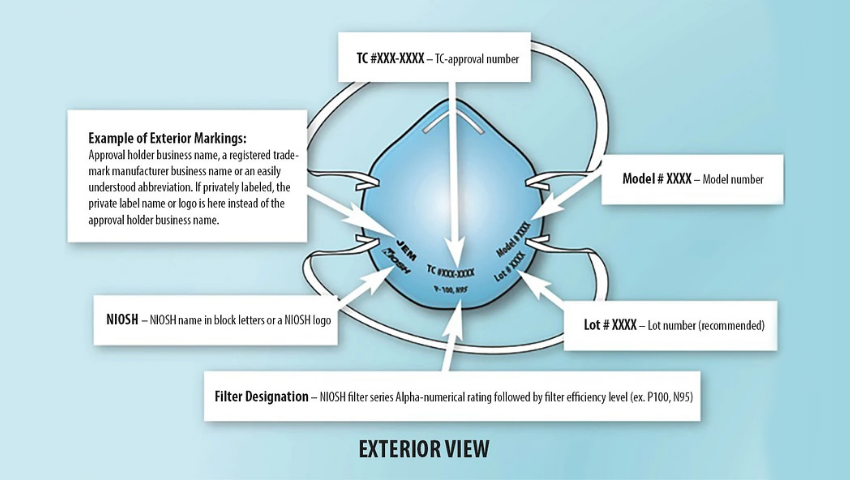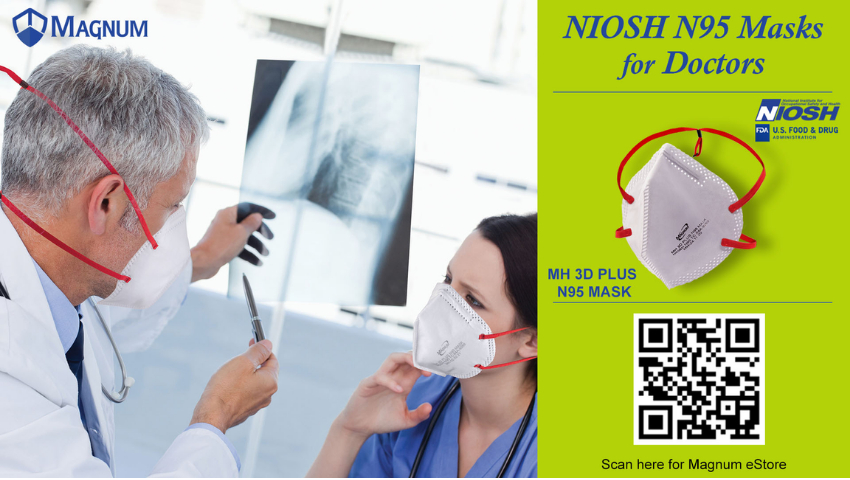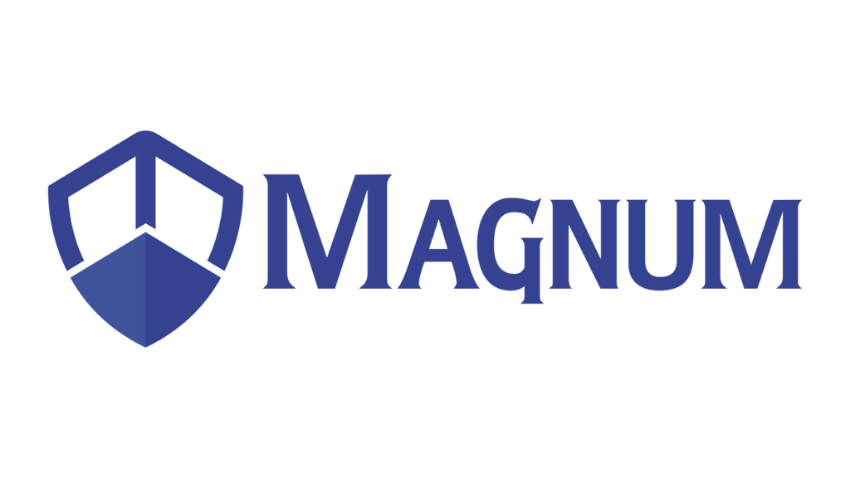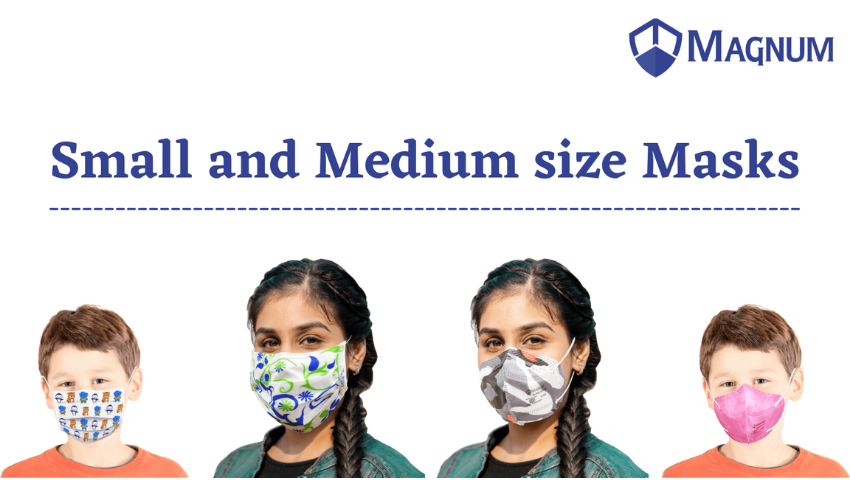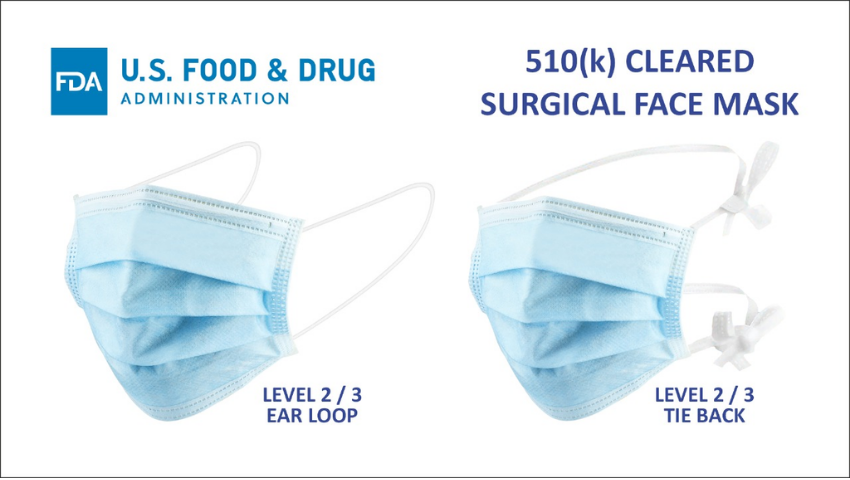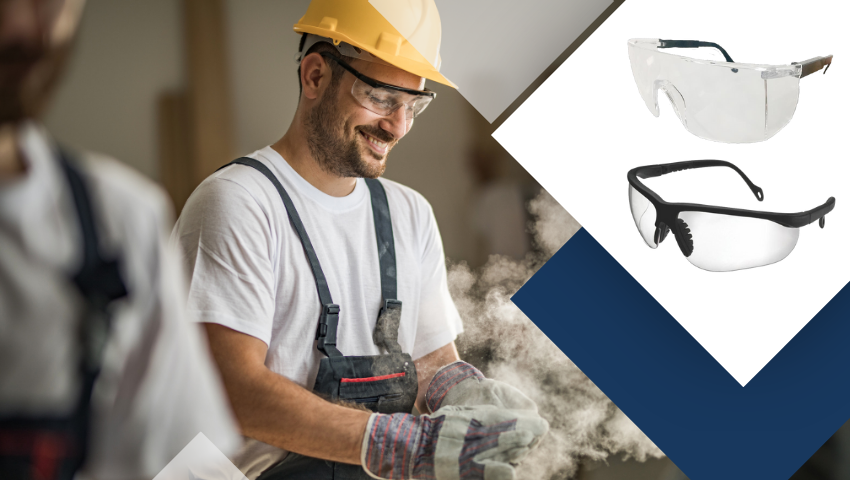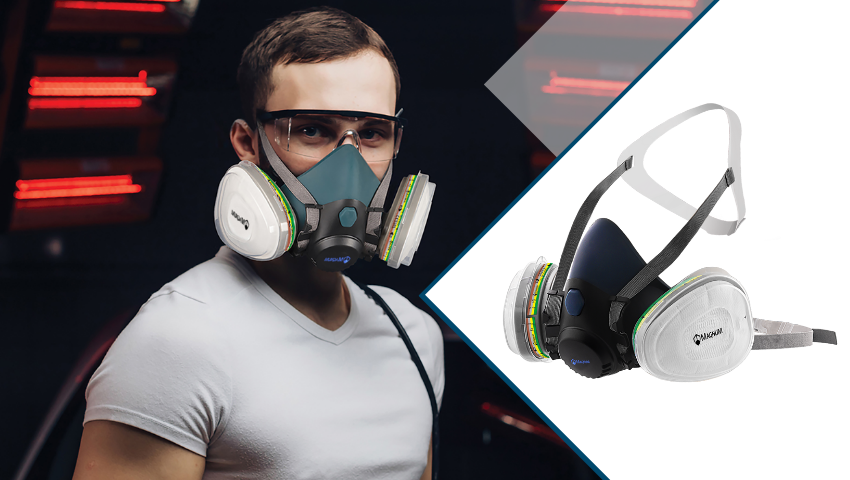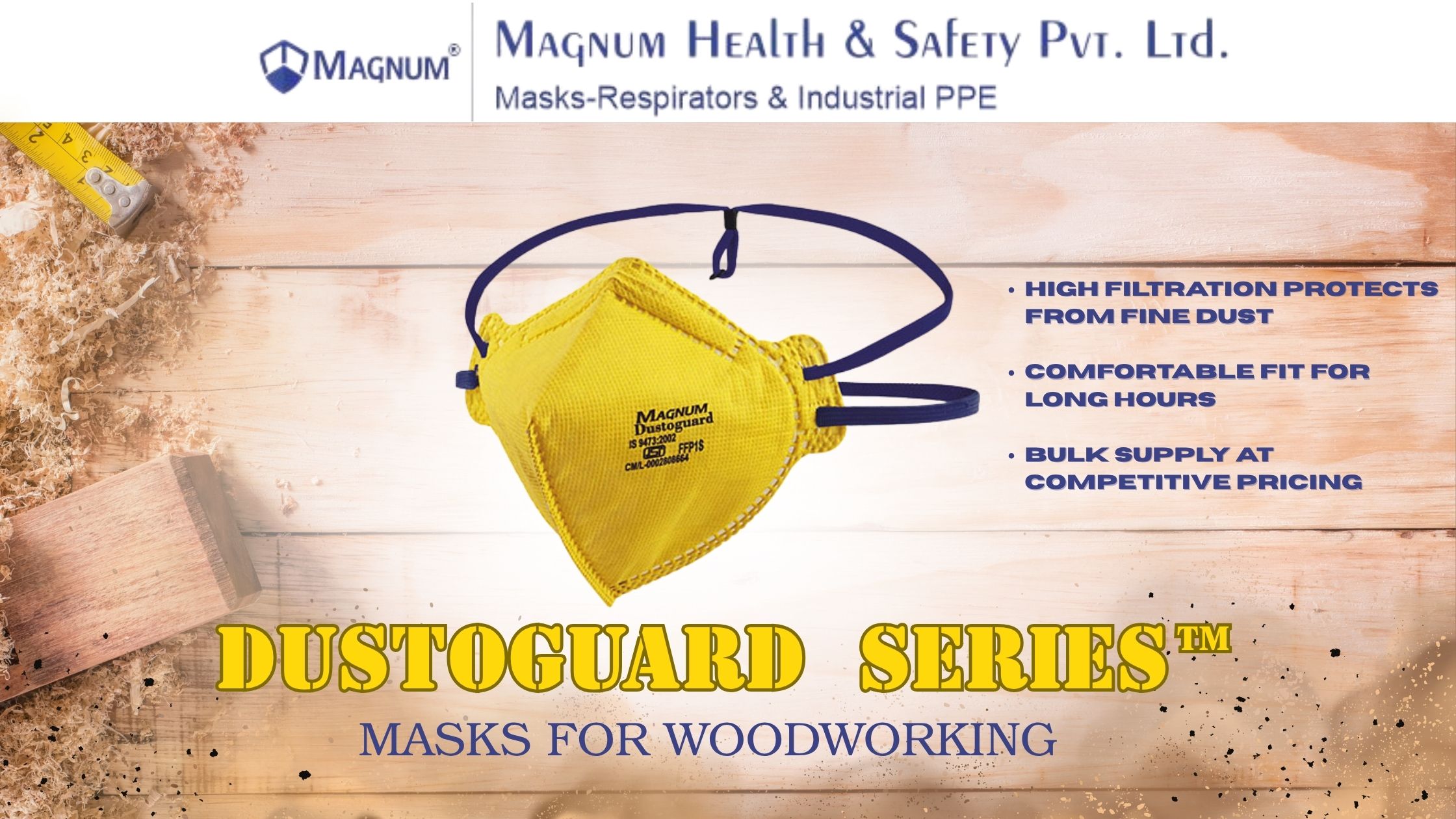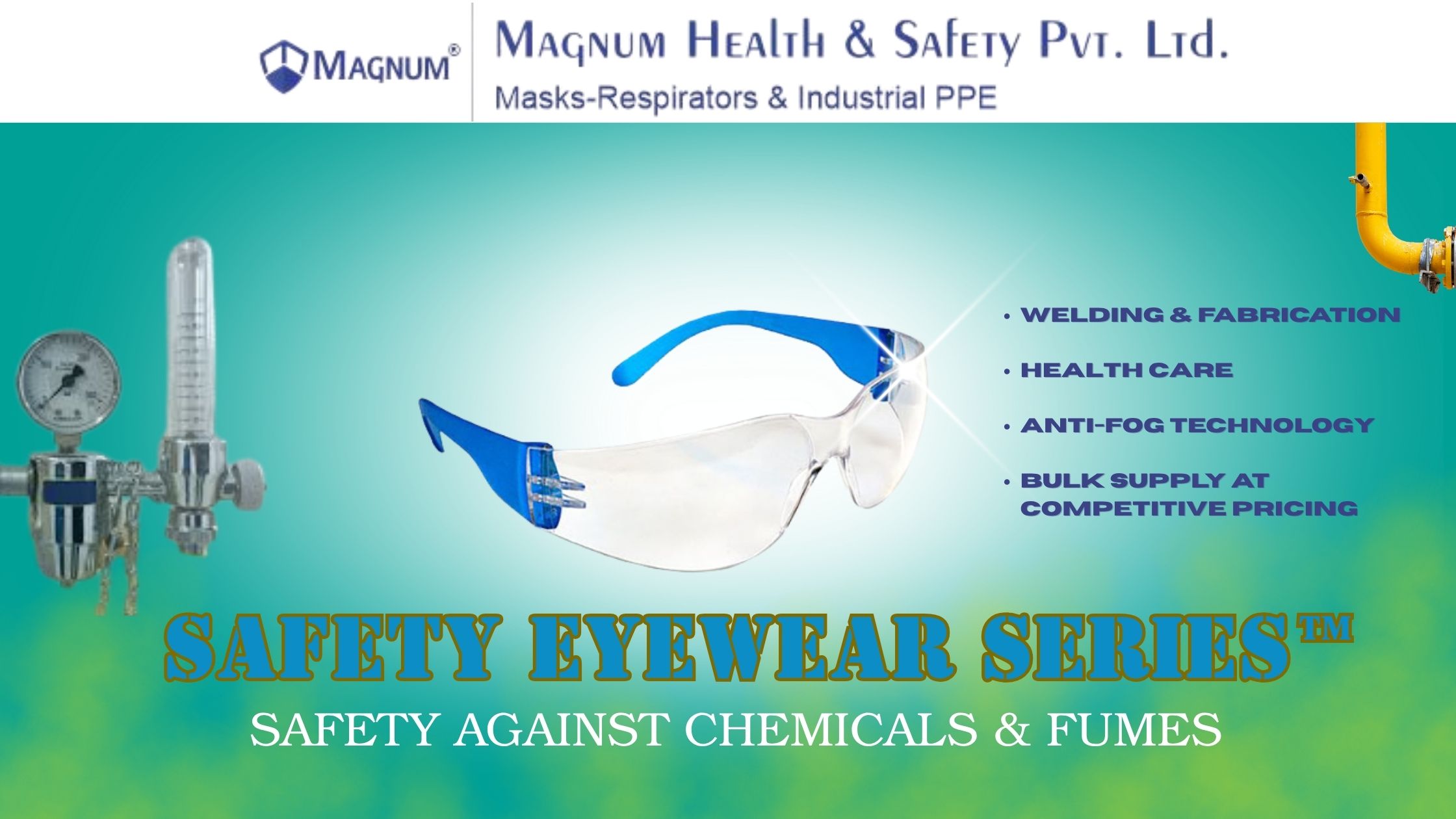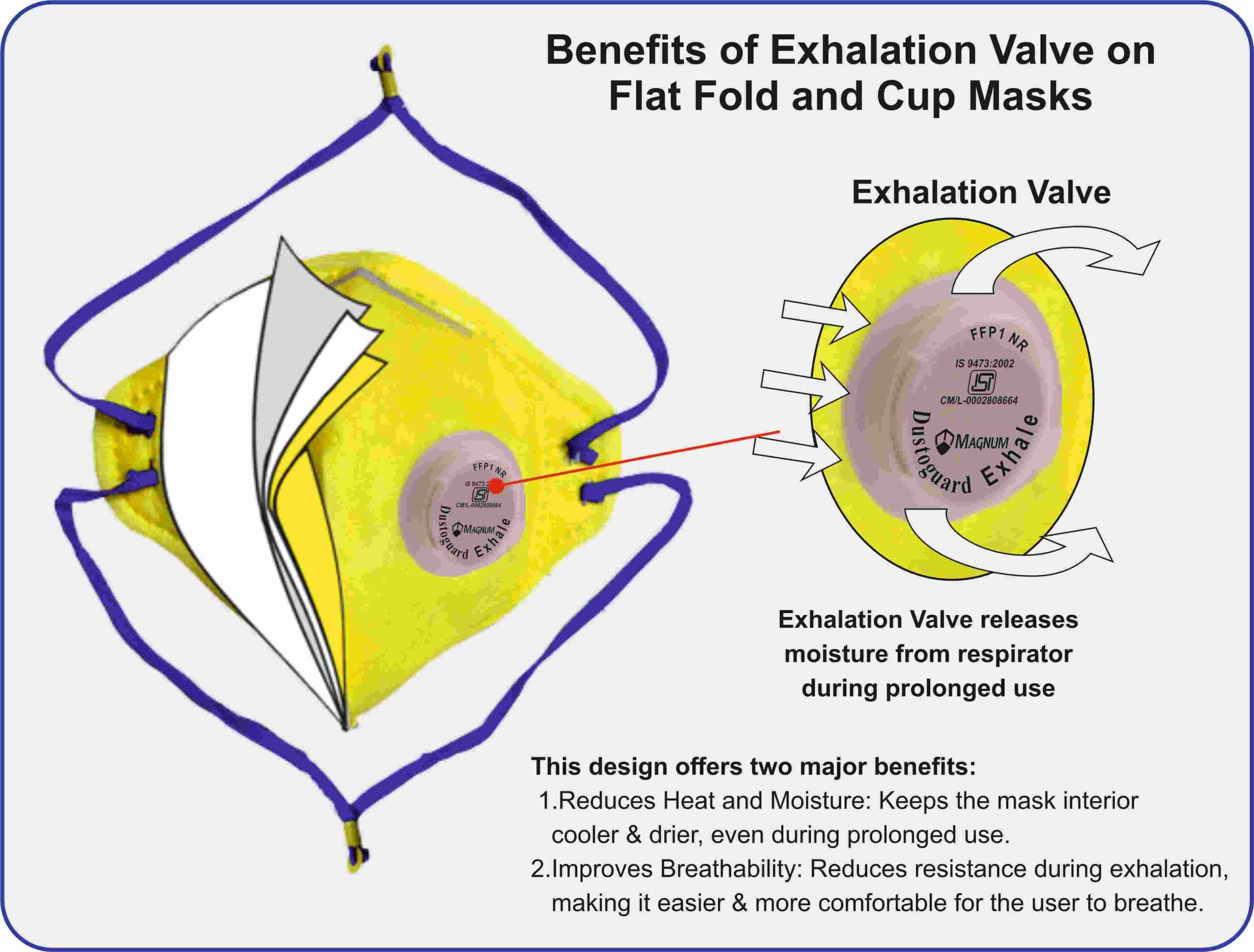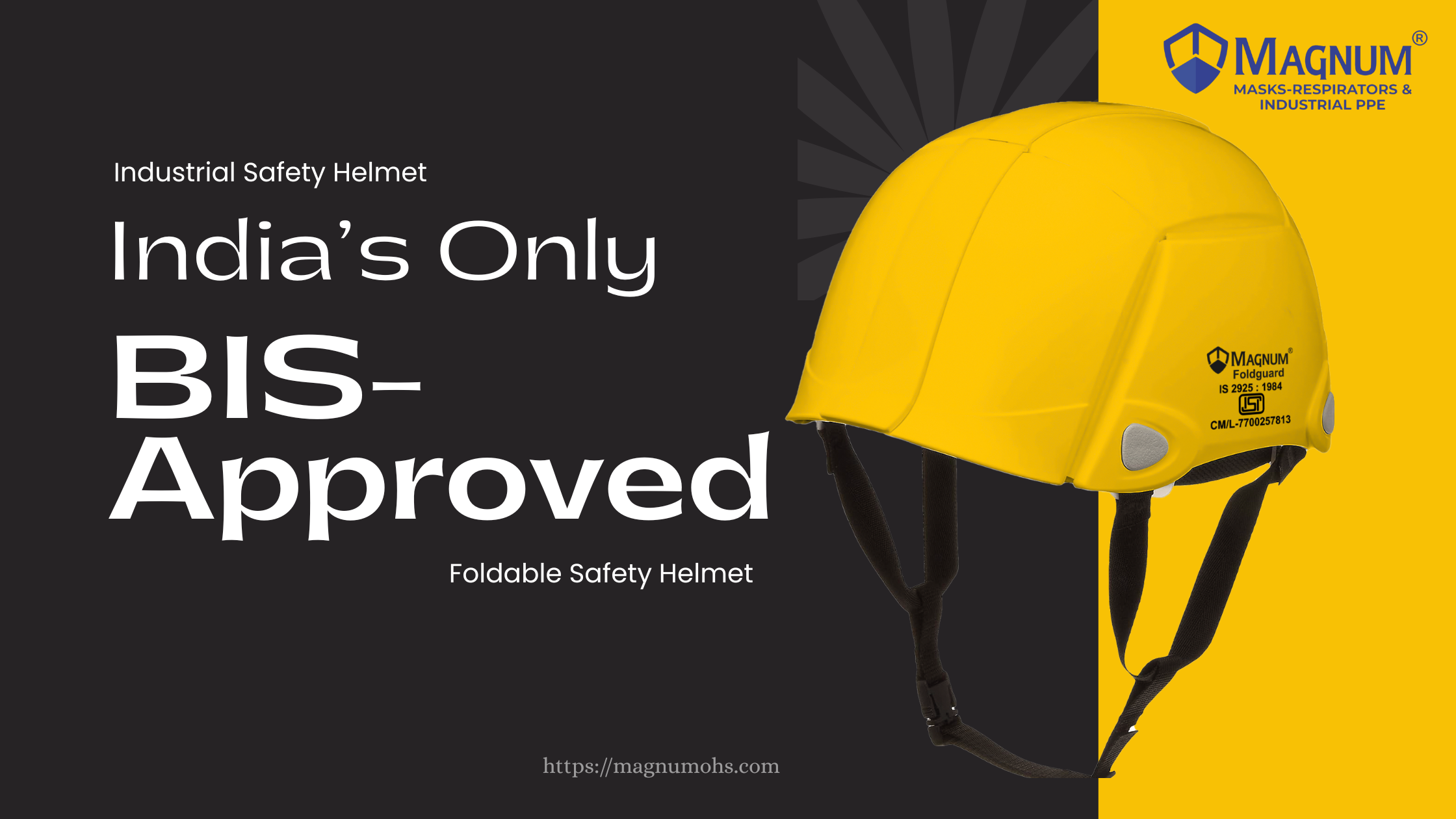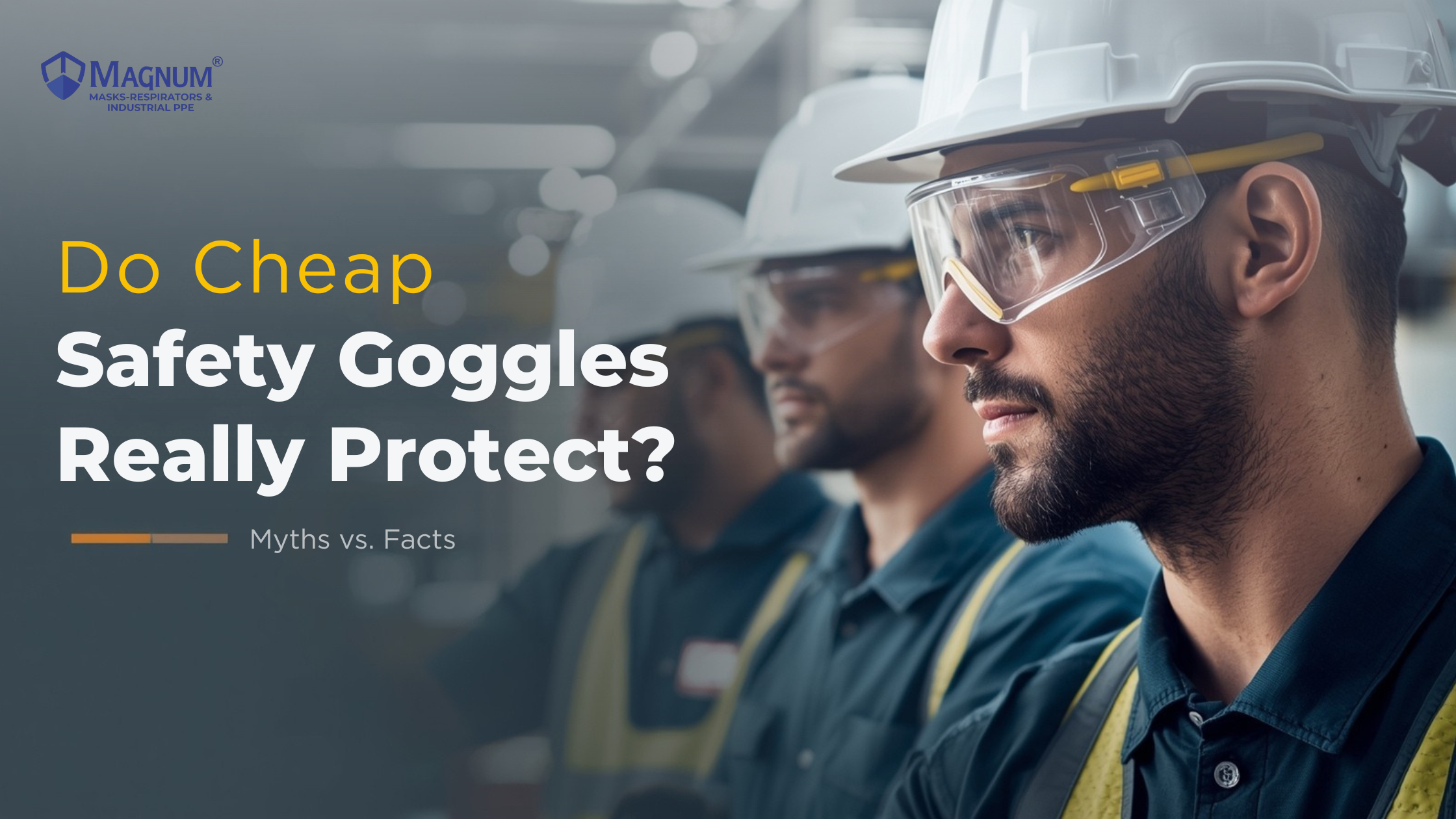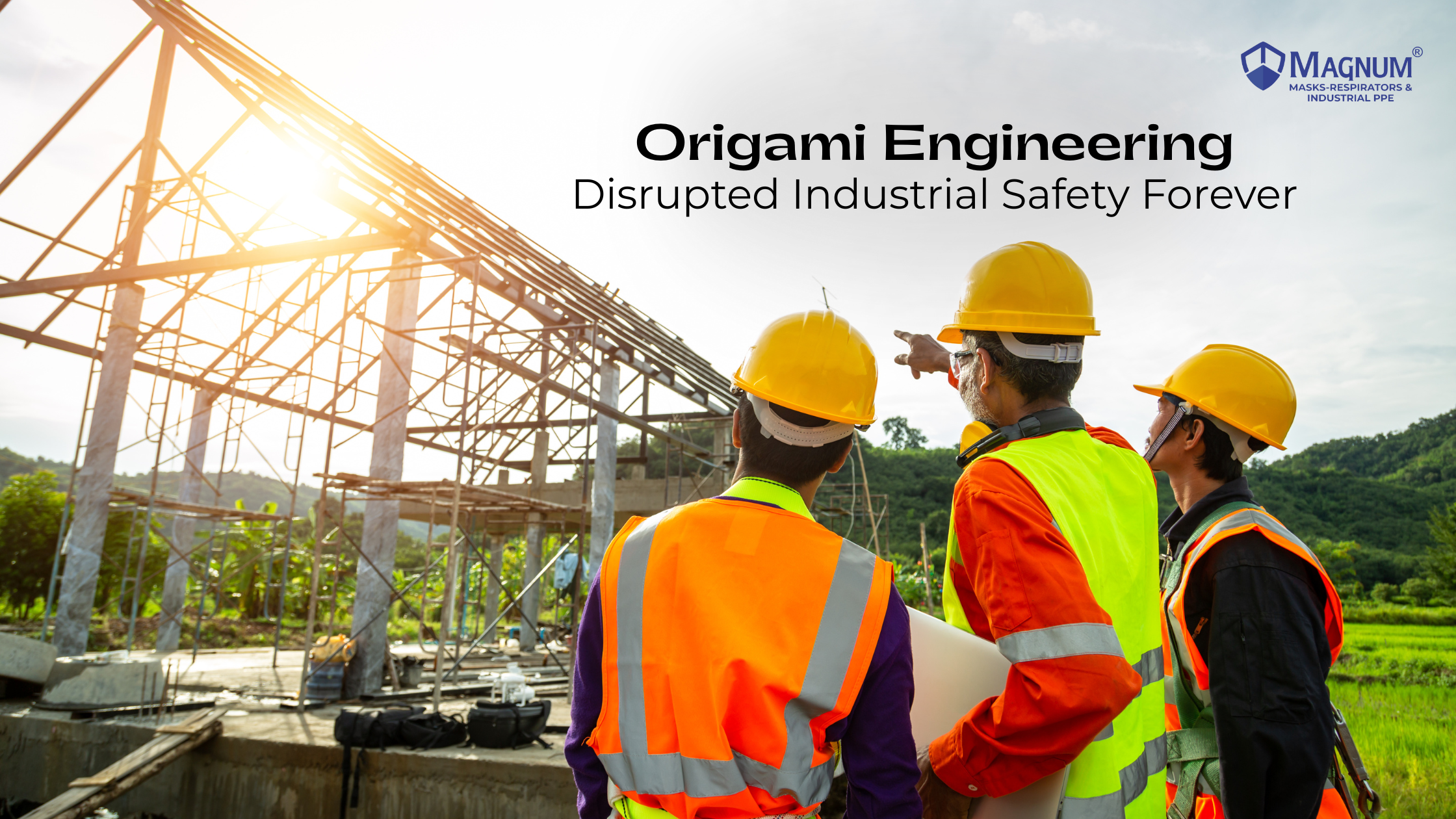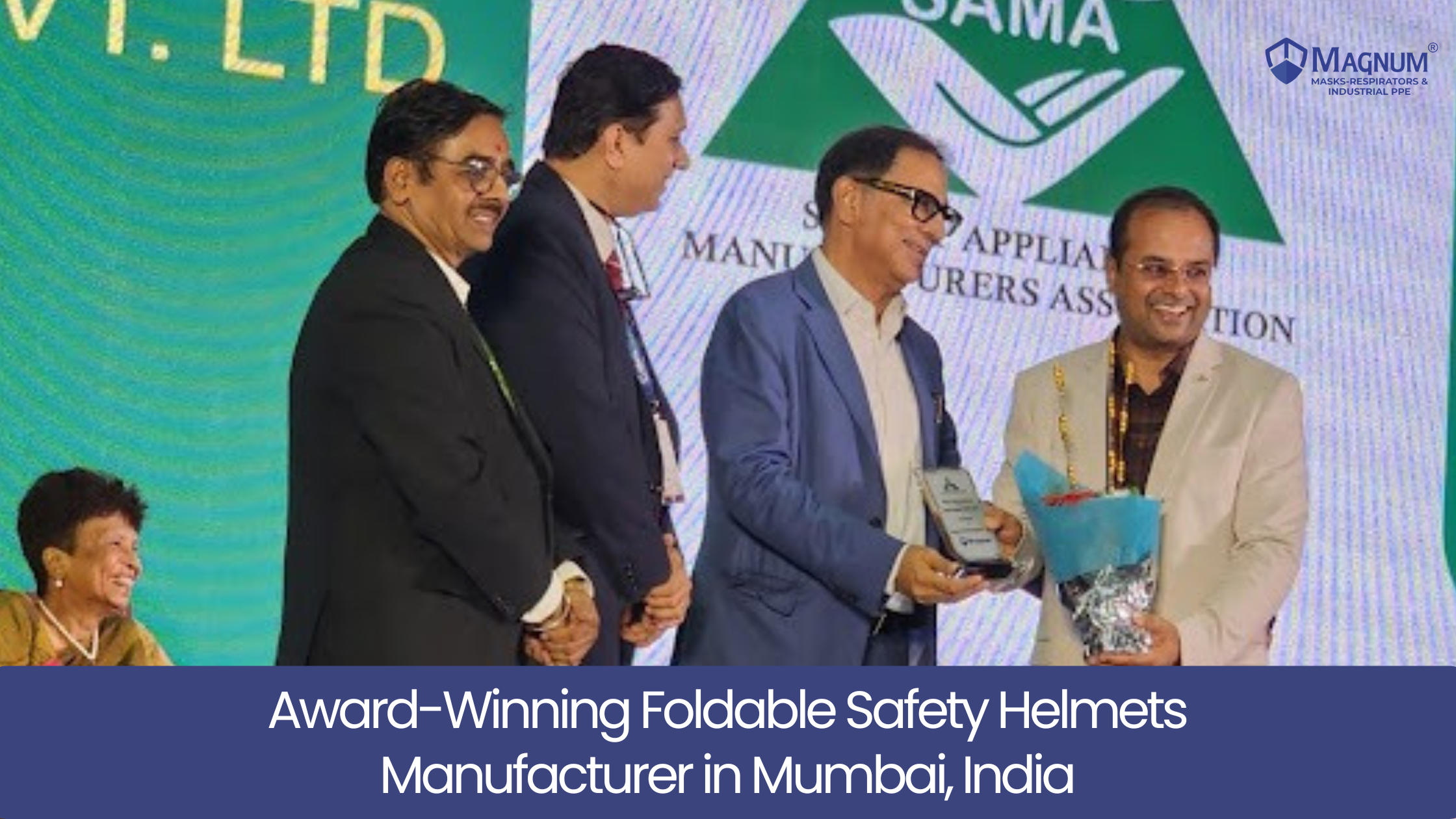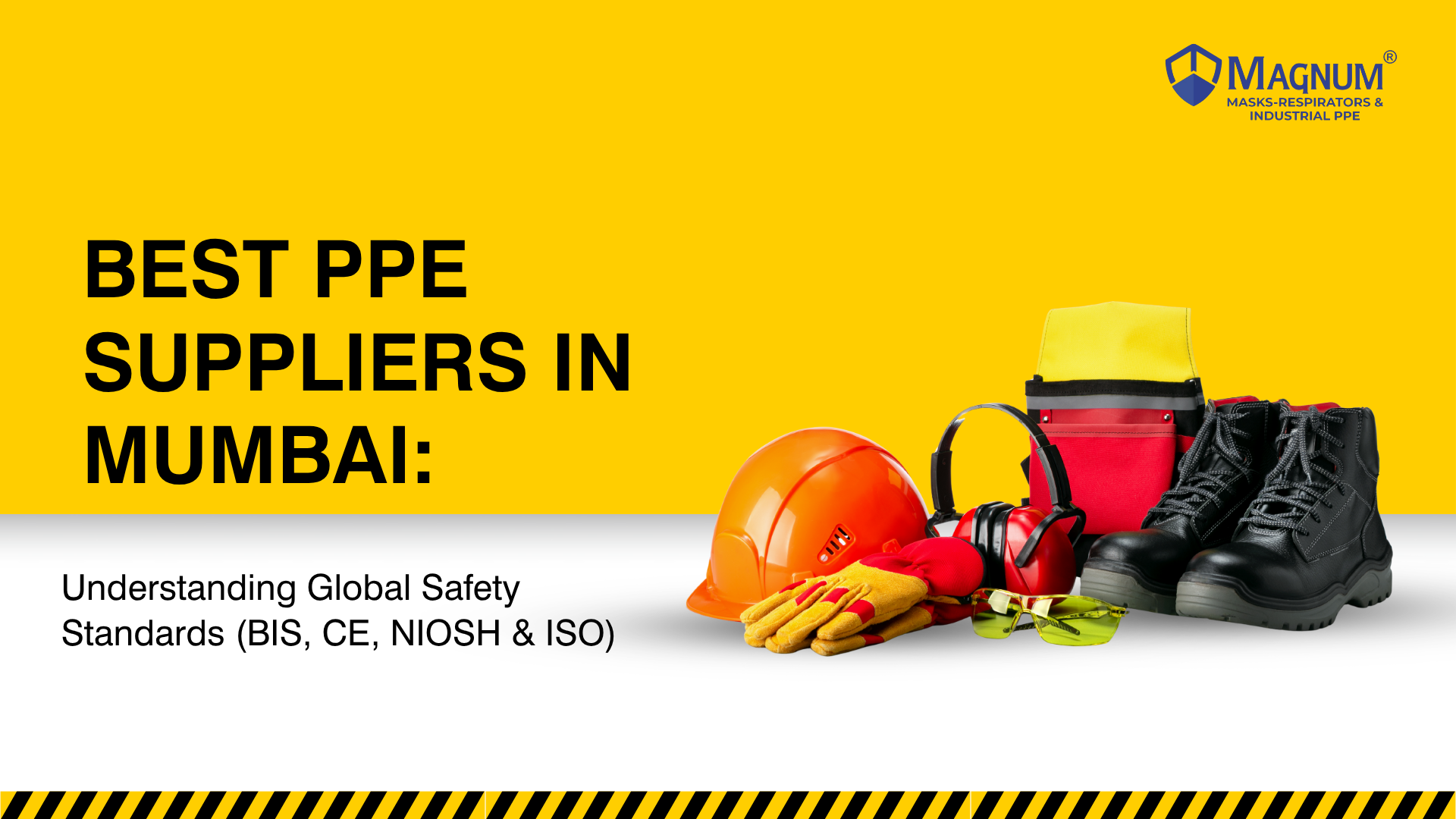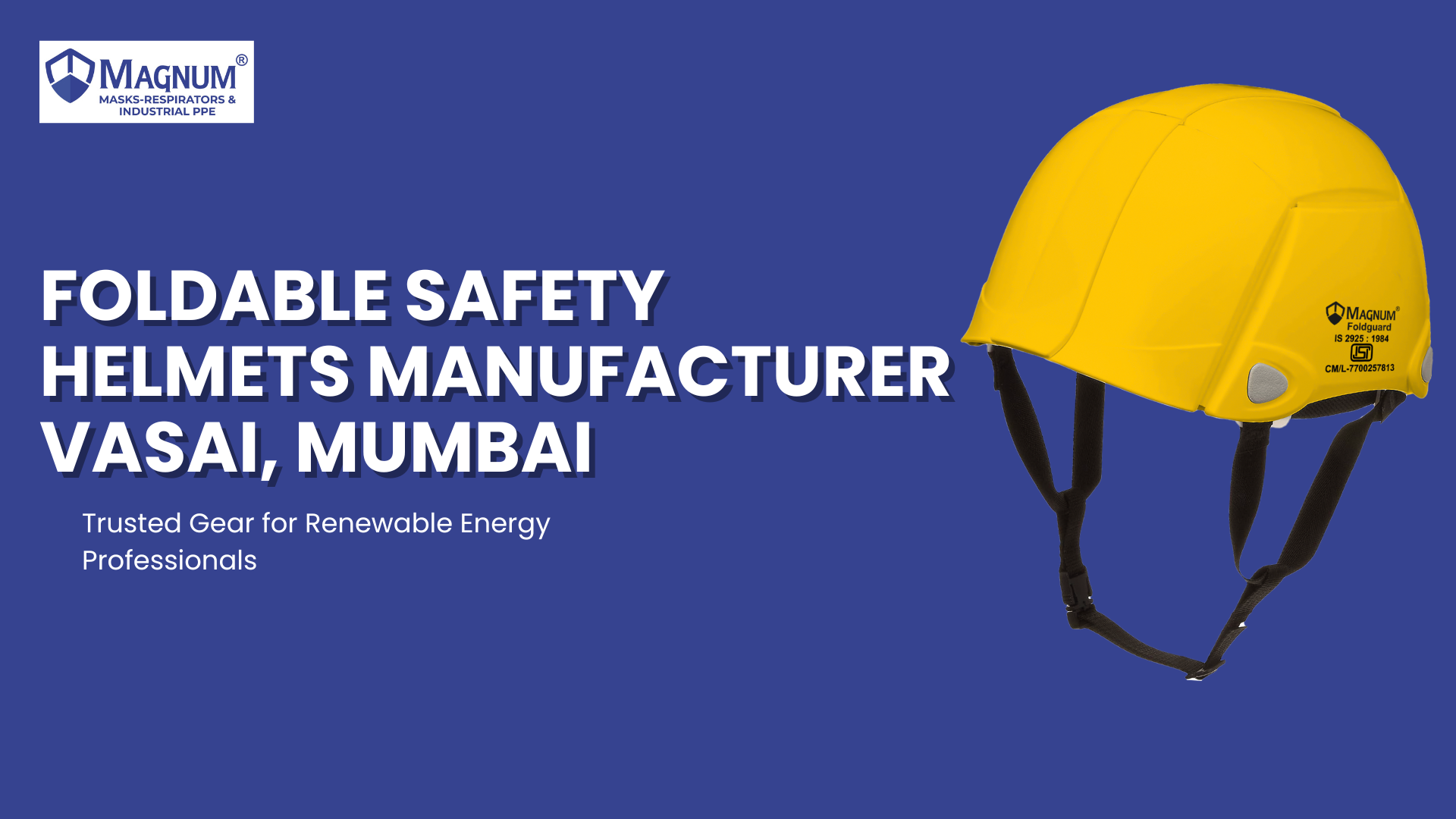
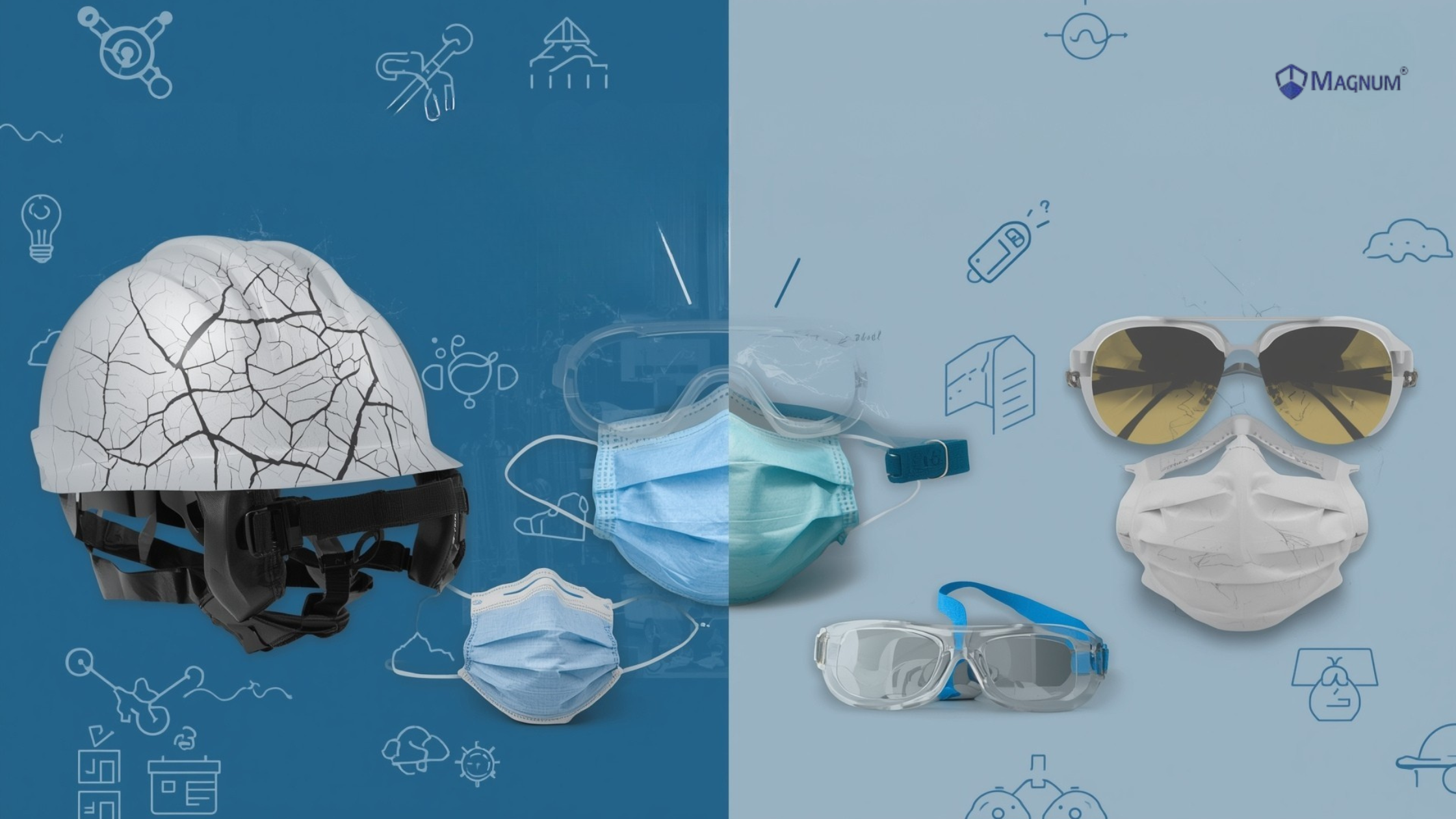
When it comes to workplace safety, many companies fall into the trap of focusing only on the upfront cost of personal protective equipment (PPE). A “cheaper” mask, helmet, or safety goggle may look like a smart saving on paper—but the reality tells a different story. In the long run, low-quality PPE costs businesses far more in hidden risks, liabilities, and productivity losses than certified PPE ever will.
At first glance, budget PPE may appear cost-effective. But here’s the truth:
Certified PPE kits from reliable PPE suppliers may cost slightly more, but their durability, reliability, and compliance with BIS, CE, and NIOSH standards ensure genuine long-term value.
The biggest cost of cheap PPE isn’t financial—it’s human lives and health.
Whether it’s construction PPE for high-risk sites or medical PPE in healthcare, using uncertified products directly endangers employees. Every accident harms workers and damages the employer’s credibility.
Workplace safety is not just best practice—it’s a legal obligation.
Cutting corners on construction PPE or medical PPE creates liabilities that far outweigh the minor savings of cheap alternatives.
Employees know the difference between quality and compromise.
Strong safety practices directly improve employee satisfaction and loyalty.
Certified PPE is more than equipment—it’s a long-term investment in workplace safety and performance.
In high-risk industries such as construction, manufacturing, pharmaceuticals, mining, and oil & gas, the real cost of cheap PPE is simply too high to ignore.
Buying low-quality PPE might seem economical, but in reality, it’s like saving pennies while risking lakhs. From safety risks and legal penalties to employee morale, the consequences are severe.
At Magnum Health & Safety Pvt. Ltd., we provide certified safety solutions that protect people, reputation, and future growth. Because safety is not an expense—it’s the smartest investment you can make.
